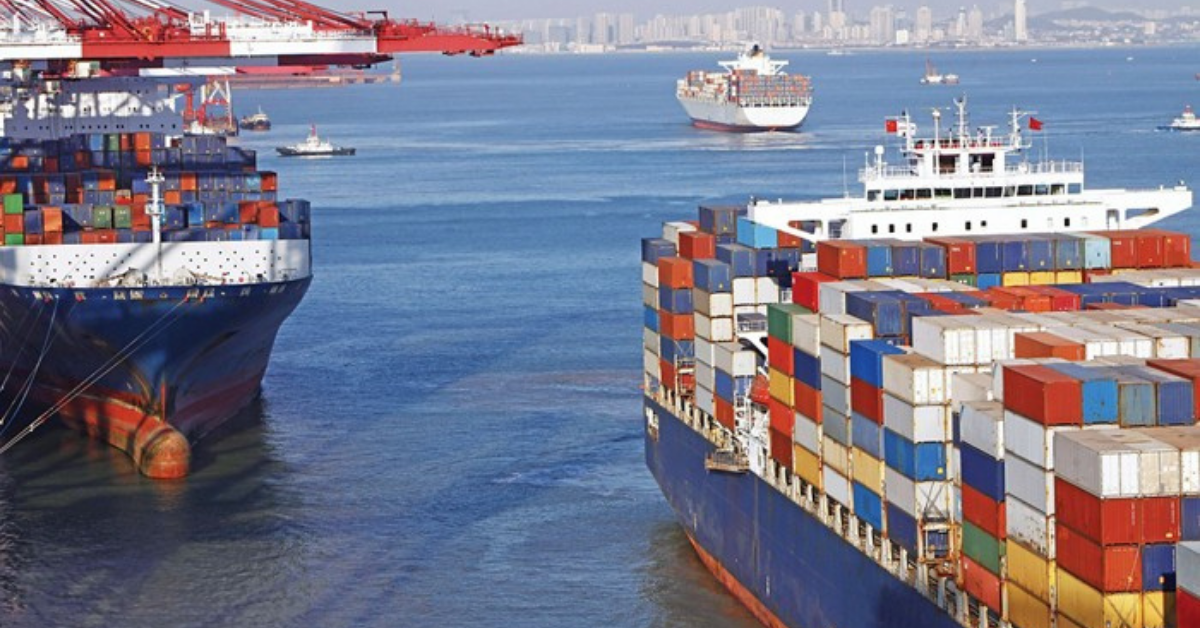The government’s top public policy think tank, NITI Aayog, has put forth a number of proposals to almost double India’s $44 billion in yearly chemical exports by 2030, pointing out that a major obstacle to the industry’s quicker expansion is still the lack of local demand. Developing new and existing production clusters to facilitate scale, enhancing port infrastructure for better logistics and storage, and implementing a sales-linked incentive program to localize production and increase exports of critical chemicals are among the actions listed in a report.
In 2023, India ran a trade deficit of $31 billion in chemicals, and accounted for a share of 3.5 per cent in global value chains (GVCs) – against China’s 23 per cent – according to the report. The domestic market was valued at $220 billion in 2023, and the government and industry hope to increase that to $1 trillion by 2040. According to the report, the industry is resilient and has maintained an annual growth rate of 6 per cent over the last 30 years, with the agrochemicals and dyes sectors performing well in exports.
The report said, it is not that the sector has been doing badly, but compared to pharma, with which it is quite closely associated, it doesn’t seem to have been as much of a success story. In the case of pharma, one reason was that India had a strength in chemistry. I would have thought the same kind of intellectual strength in chemistry ought to have applied to the chemical sector, but apparently that’s not so. It’s a bit of a puzzle.
The report said India could double its share in GVCs to 5-6 per cent by 2030, largely by shifting from bulk chemicals to high-demand specialty chemicals. Adequate policy interventions can also raise exports by 35-40 billion in 2030 from $44 billion in 2023, it said.
Towards that end, the report has proposed a sales-linked incentive scheme packaged as an operational expenditure (opex) subsidy to expand capacities. The subsidy will be aimed at reducing heavy reliance on specific countries for critical chemical imports and at boosting exports. The products eligible for the proposed scheme will fall under broad groupings of agrochemical intermediates, pharmaceutical intermediates, battery and electronic chemicals, dyes and pigments, petrochemicals, and multiple uses.
NITI Aayog Member Arvind Virmani said India can identify potential choke points in the chemicals supply chain like China did in 2018. “They identified choke points from their perspective, we have to look at it from our perspective. We already know that certain chokes have been done on critical minerals, etc. So, identifying these choke points in chemicals is very important to decide where some of the subsidies will have to be directed.”
The report also called for revamping existing cluster-based Petroleum, Chemicals and Petrochemicals Investment Regions (PCPIRs) – namely Dahej, Paradeep, and Vizag. The Paradeep and Vizag PCPIRs are currently far from completion.
“The first pathway focuses on revitalising India’s existing chemical hubs, such as those in Gujarat, Odisha, and Andhra Pradesh. These regions have already made significant progress in establishing infrastructure, attracting anchor tenants, and laying the groundwork for chemical industry development. However, they face challenges related to infrastructure quality, financial incentives, and regulatory complexities,” the report said.
It also recommended setting up a Chemical Committee to identify and address infrastructure gaps in port-based chemical trade, alongside developing eight high-potential clusters spanning 14 major and 12 minor ports across India.









